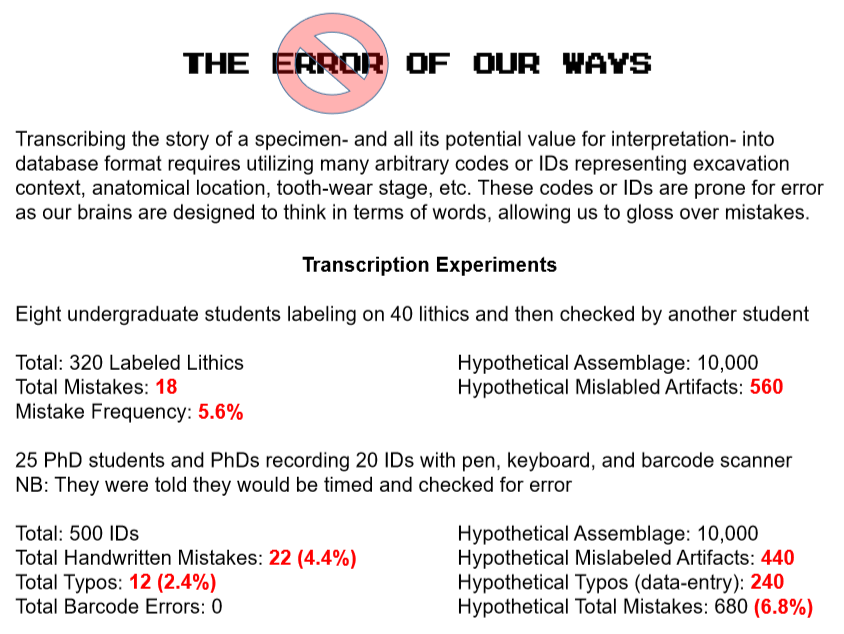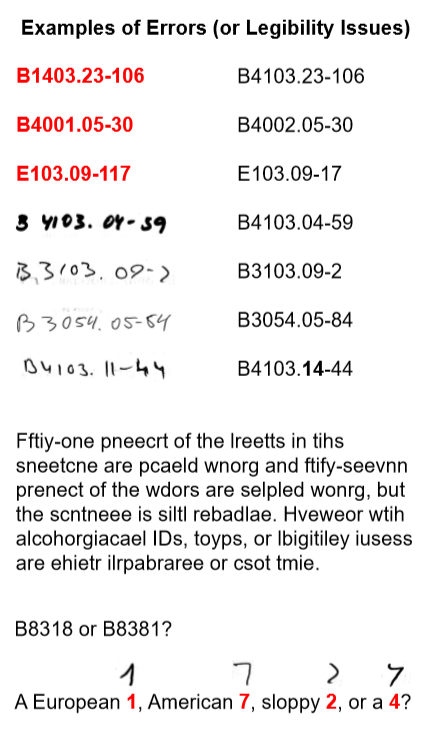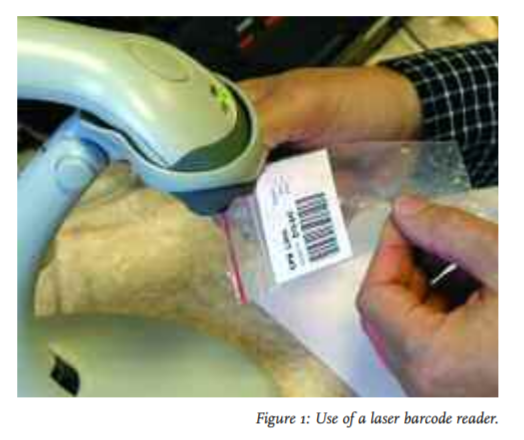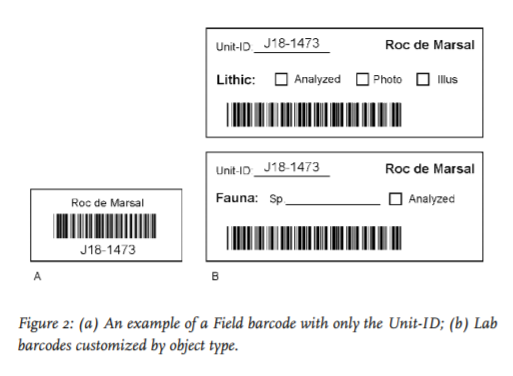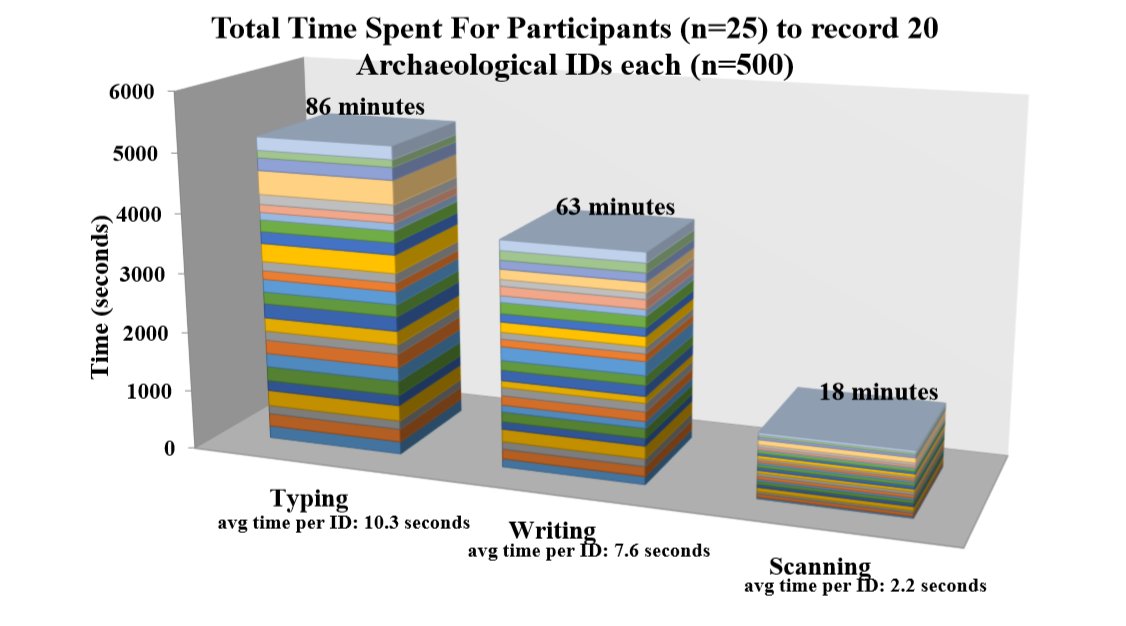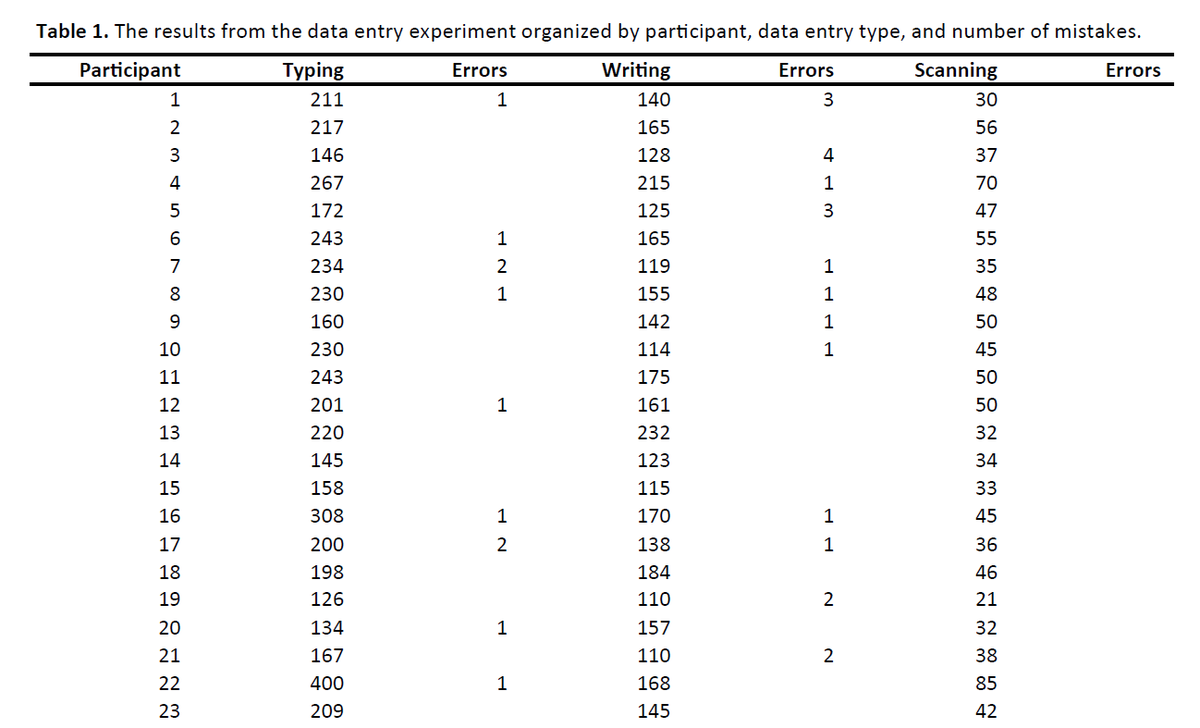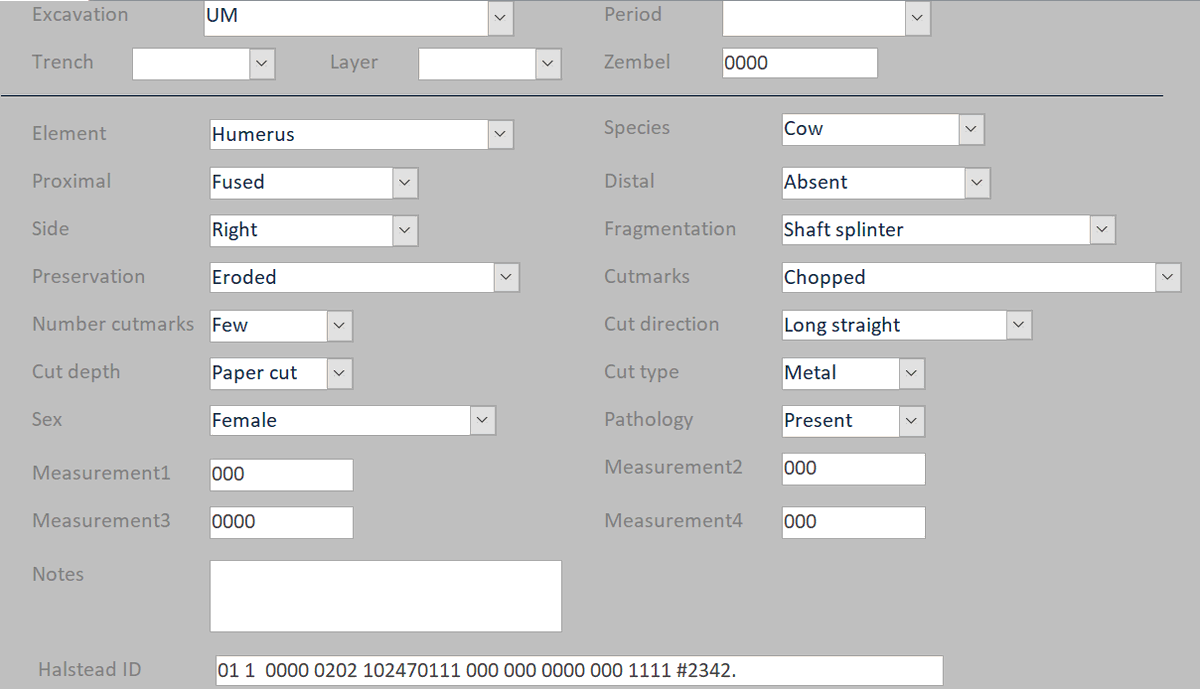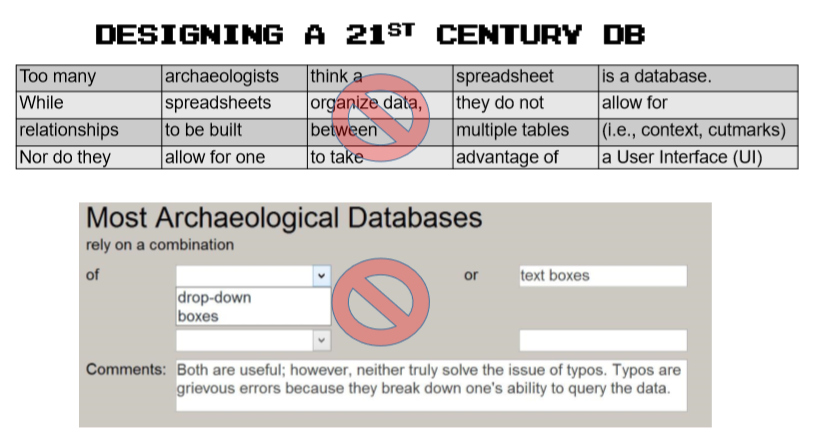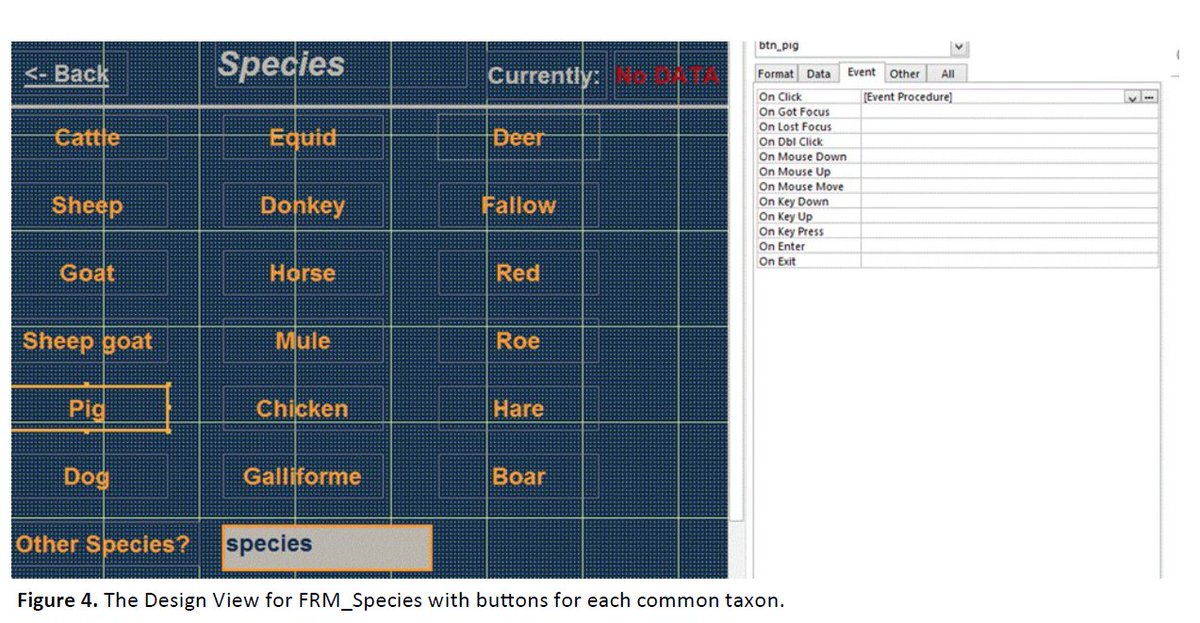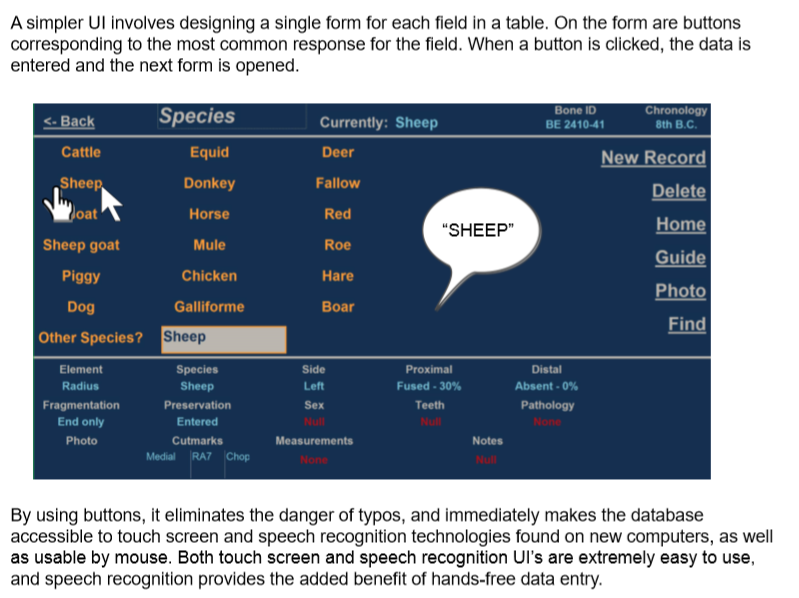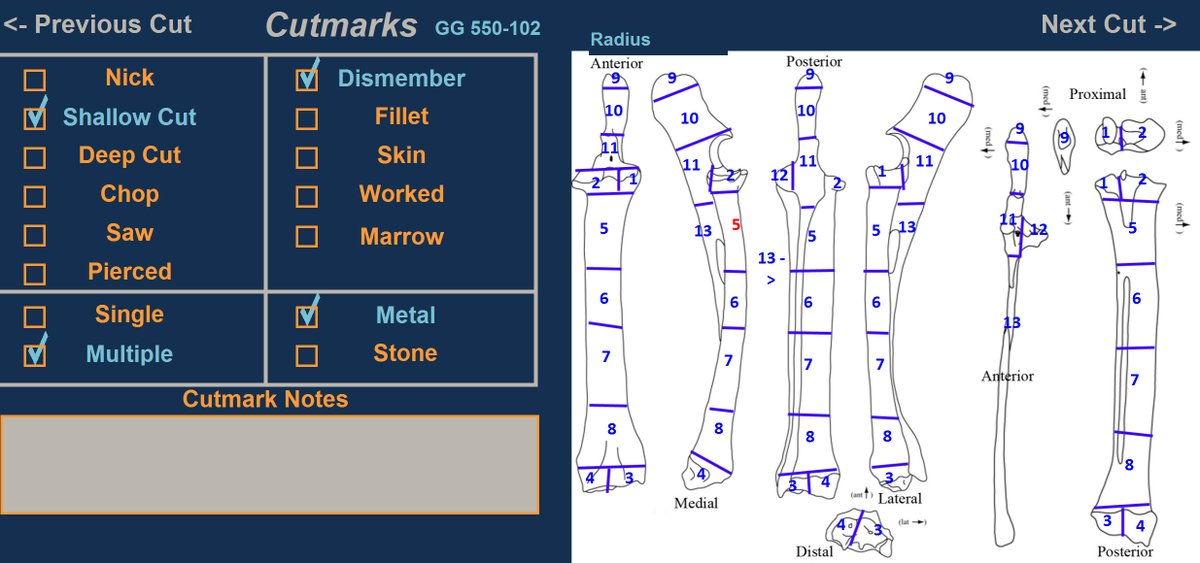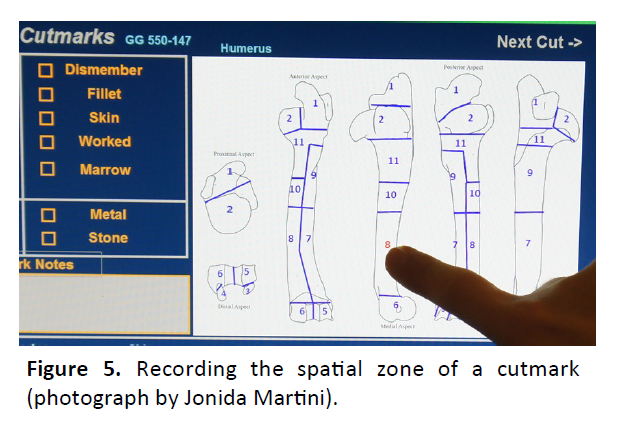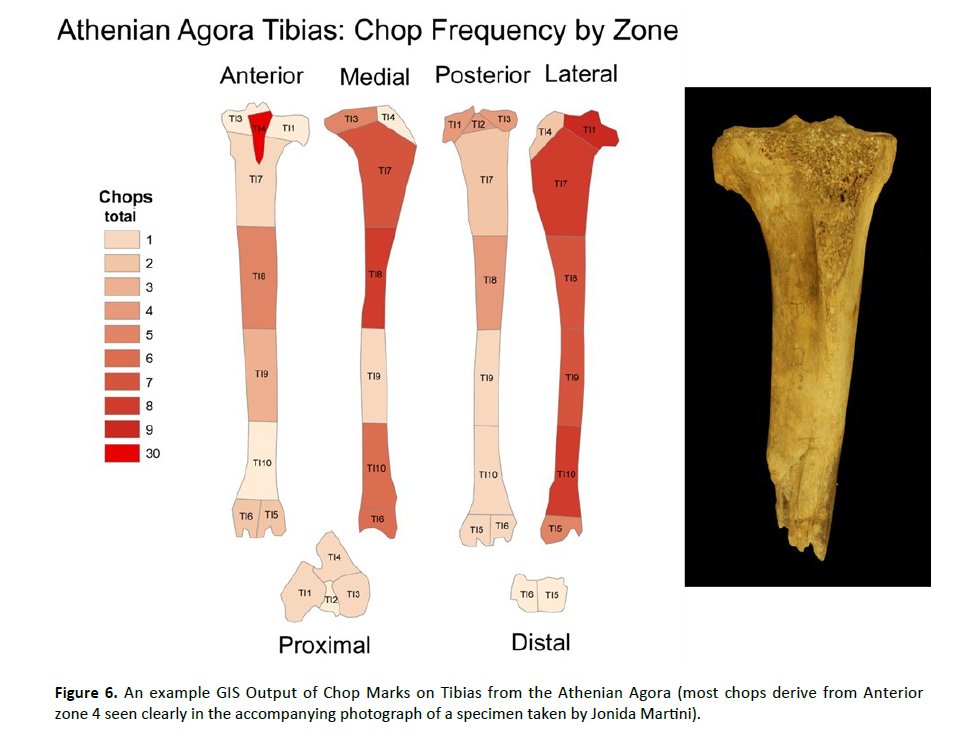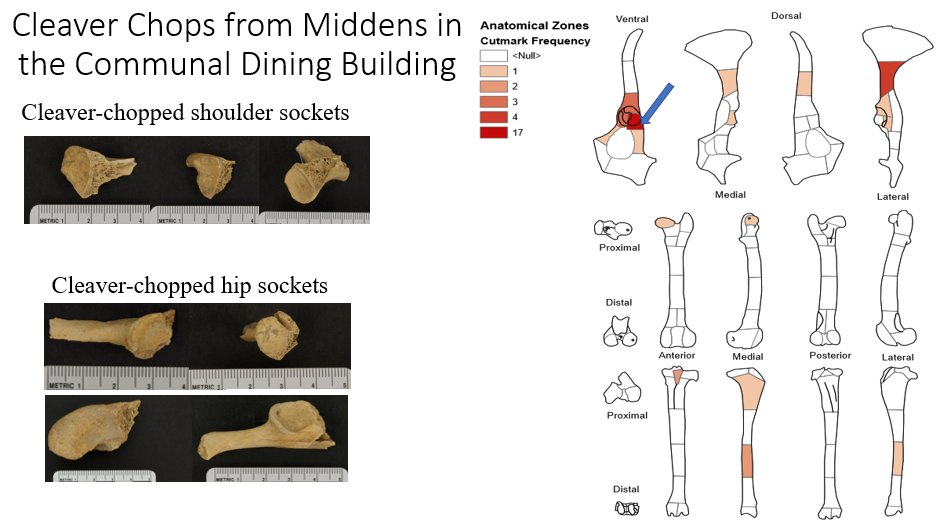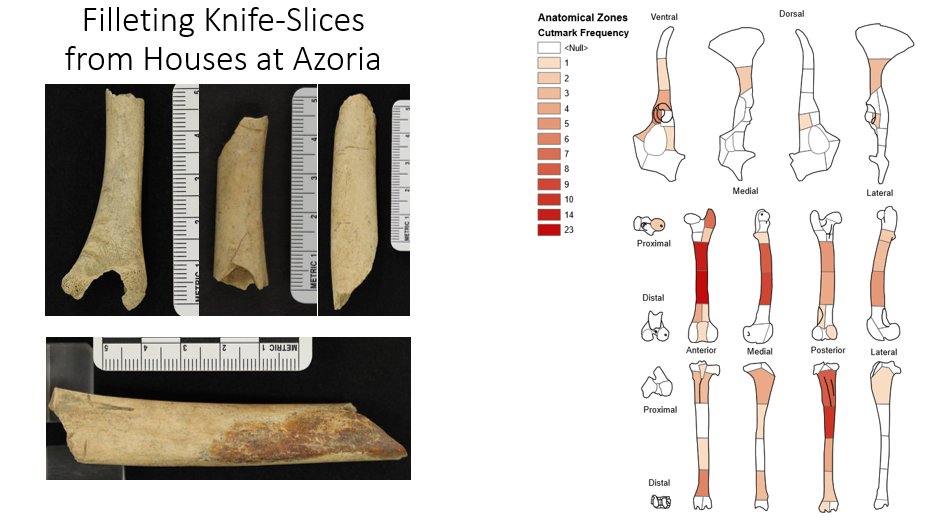Today’s #ClassicalZooarchaeology thread is about my shit-hot database ( https://abs.twimg.com/emoji/v2/... draggable="false" alt="😲" title="Astonished face" aria-label="Emoji: Astonished face">!!!)
https://abs.twimg.com/emoji/v2/... draggable="false" alt="😲" title="Astonished face" aria-label="Emoji: Astonished face">!!!)
It’s designed in MS Access & uses touch-screen, speech-recognition, and an internal GIS
If you can’t do field/lab work this summer, maybe it’ll inspire you to optimize your DB for next summer
1/13
It’s designed in MS Access & uses touch-screen, speech-recognition, and an internal GIS
If you can’t do field/lab work this summer, maybe it’ll inspire you to optimize your DB for next summer
1/13
This DB comes from years of struggling to design an efficient, largely error-free system to record tens of thousands of artifacts
Typos are a huge problem. My dad & I ran experiments. It turns out typos occur about 5% of the time (which matches research in the business world)
/2
Typos are a huge problem. My dad & I ran experiments. It turns out typos occur about 5% of the time (which matches research in the business world)
/2
My dad had been doing this for a while, and wrote some nifty archaeological barcoding software to get rid of half the typos
You can read about it here: https://www.researchgate.net/publication/40853132_The_Use_of_Barcodes_in_Excavation_Projects_Examples_from_Mossel_Bay_South_Africa_and_Roc_de_Marsal_France
Below">https://www.researchgate.net/publicati... are some sample barcode tags
/3
You can read about it here: https://www.researchgate.net/publication/40853132_The_Use_of_Barcodes_in_Excavation_Projects_Examples_from_Mossel_Bay_South_Africa_and_Roc_de_Marsal_France
Below">https://www.researchgate.net/publicati... are some sample barcode tags
/3
I liken this to a supermarket. Would you rather be in line where the person working the register is scanning barcodes or a line where they’re typing in the UPC manually?
It’s a no-brainer for archaeology with our millions upon millions of artifacts. But I ran tests anyway
/4
It’s a no-brainer for archaeology with our millions upon millions of artifacts. But I ran tests anyway
/4
But, typical database designs with text-boxes and drop-down-boxes are also prone to typos. I know because I kept finding mistakes in my data. It took forever to clean it
And it’s impossible to know if I even caught them all!
/5
And it’s impossible to know if I even caught them all!
/5
So, that’s why I started designing what I call a “Button-Based Database”
Basically, for each field (column) in a table you design a stand-alone form, with buttons for the most cmmon answers. (and a text-box in case something less common comes along)
/6
Basically, for each field (column) in a table you design a stand-alone form, with buttons for the most cmmon answers. (and a text-box in case something less common comes along)
/6
That’s how my touch-screen data entry works
As each button is clicked (with a mouse or touch), it enters the button’s caption into the field, closes the form and opens the next one
It’s quick (we slowed it down for the video), tactile, and easier to “feel” or catch a mistake
/7
As each button is clicked (with a mouse or touch), it enters the button’s caption into the field, closes the form and opens the next one
It’s quick (we slowed it down for the video), tactile, and easier to “feel” or catch a mistake
/7
I saw the Iron Man movies and thought “I wonder if I can talk to my DB?”
Yup. Using Windows’ free speech-recognition software, it listens for button captions. Now, I can put the specimen under a lens for closer inspection as I do hands-free data entry
Turn on sound for this
/8
Yup. Using Windows’ free speech-recognition software, it listens for button captions. Now, I can put the specimen under a lens for closer inspection as I do hands-free data entry
Turn on sound for this
/8
But it gets even better!
(better than talking to my DB? Yes, yes, it does)
Invisible buttons can be laid out spatially on an image (a map, or drawing, or whatever), to quickly collect spatial data by zone
/9
(better than talking to my DB? Yes, yes, it does)
Invisible buttons can be laid out spatially on an image (a map, or drawing, or whatever), to quickly collect spatial data by zone
/9
Watch how I record the location of cutmarks on bones from Azoria, Crete in my database
These cutmarks provide some of our first evidence for citizen feasts in the ancient Greek world
/10
These cutmarks provide some of our first evidence for citizen feasts in the ancient Greek world
/10
I can then export this spatial data to GIS software and analyze the anatomical distribution of cutmarks
This is how I can argue that professional butchery developed in tandem with citizen feasts in ancient Greece
It lets me to find new patterns and ask different questions
/11
This is how I can argue that professional butchery developed in tandem with citizen feasts in ancient Greece
It lets me to find new patterns and ask different questions
/11
This kind of database design can be simply adapted to a ton of other archaeological and non-archaeological uses
It doesn’t take much cash or know-how to do so. If you are already able to make a simple relational database with forms, you can start experimenting with buttons
/12
It doesn’t take much cash or know-how to do so. If you are already able to make a simple relational database with forms, you can start experimenting with buttons
/12
I worked out the time it took me to design this system (6 weeks) and compared it to the time I saved over my PhD (3 months). Well worth it
And I& #39;m still reaping the rewards
/end
P.S. Thanks to @KTzortzinis for amazing videos of my data-entry in the #WienerLab @ASCSAthens
And I& #39;m still reaping the rewards
/end
P.S. Thanks to @KTzortzinis for amazing videos of my data-entry in the #WienerLab @ASCSAthens
If you want to read my open-access article on my database in Ethnobiology Letters ( @SofEthnobiology) you can find it here: https://ojs.ethnobiology.org/index.php/ebl/article/view/393
Thanks">https://ojs.ethnobiology.org/index.php... to @IainMcKechnie and @oc_sarah for editing the issue and their encouragement to publish
Thanks">https://ojs.ethnobiology.org/index.php... to @IainMcKechnie and @oc_sarah for editing the issue and their encouragement to publish
For more #ClassicalZooarchaeology twitter threads on chickens, dogs, ancient Greek sacrifice, and more check out my thread of threads: https://twitter.com/FlintDibble/status/978941931714736133">https://twitter.com/FlintDibb...

 Read on Twitter
Read on Twitter